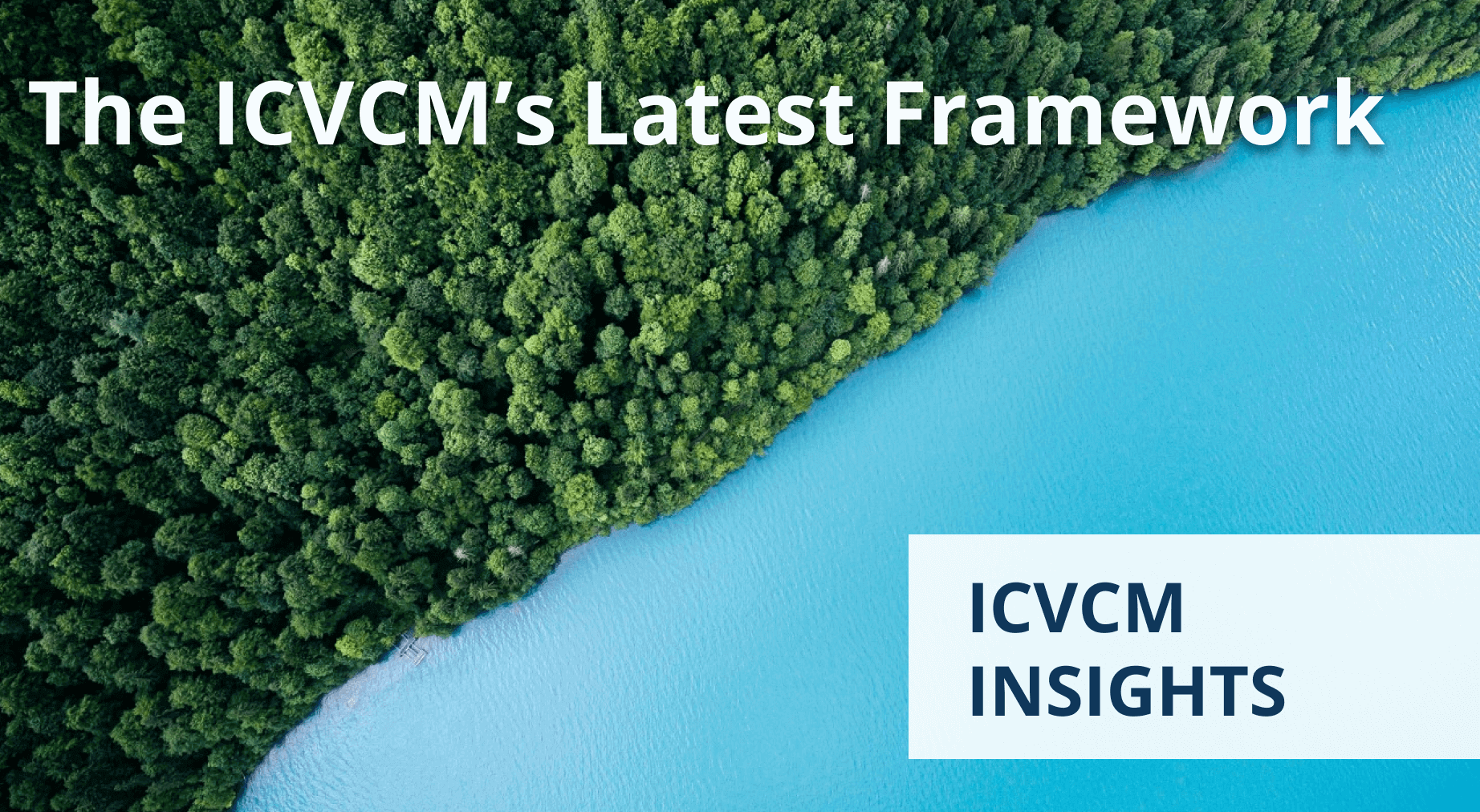
The ICVCM latest release is a first step towards establishing a minimum bar in carbon credits, but it alone won’t get us the quality carbon market we need.
The Integrity Council for the Voluntary Carbon Market (ICVCM) today put out a key document – the second part of the “Assessment Framework” that will be used as a basis for deciding which credits are in or out. In other words, which credits can receive a “tag” that indicates they have met the ICVCM’s Core Carbon Principles (CCPs). An ICVCM label implies a credit meets the quality standards set by the ICVCM and has the potential to make credits more valuable or could even be used to meet future requirements set by companies, organizations or governments.
As the carbon market decides how to utilize the tagged credits, it is important to recognize that broad brush approaches are helpful, but nuances in additionality, baselining and other factors happen at the project level. It is those details that can make two different projects utilizing the same methodology and monitoring period result in dramatically different carbon storage or SDG outcomes. While a “CCP-approved” tag cannot account for these differences across individual projects, let’s look at what efforts they’ve made to raise the bar for the market as a whole.
The framework gives some long-awaited clarity for project developers, carbon buyers and industry stakeholders. For example, it is clear that not just anyone can tag CCP-approved credits. The ICVCM requires organizations to meet certain governance, transparency, registry and auditing requirements. There are a number of organizations selling “credits” that may not (yet) meet such requirements. Similarly, it is clear that the ICVCM has defined “permanence” (for now) as a guarantee of 40 years. Currently, only credits from nature-based projects under programs that require 40 years of monitoring and compensating for reversals, such as ACR and CAR, are eligible for the CCP tag.
However, in other instances the rules are less clear, and decisions on what gets a CCP-tag will come later. These determinations will depend on the interpretation and application of the Framework by working groups that will be formed by the ICVCM in the coming months. These working groups will determine “Categories” of project types using particular methodologies and standards (e.g. large-scale grid-connected wind using ACM0002 under CDM, or avoided unplanned deforestation using VM0015 under VCS) and decide if they are “fast-tracked for approval,” require deeper assessment (in which case a new working group is formed), or unlikely to meet the ICVCM criteria.
There is significant “room above the bar.” The Chair of the ICVCM, in the document shared today, states that achieving high integrity in the voluntary carbon market “is an ongoing journey.” It is important to note that there are multiple sections in the document labeled “Next iteration of the Assessment Framework”. These are signposts as to where the ICVCM will raise the bar in the future and implies there is room to improve. For example, the document states “In its next iteration, the ICVCM will consider longer monitoring and compensation periods (e.g. 100 years).” This first version, in many of its provisions, accommodates the market where it is today and in doing so provides some leeway, while making clear that the future of high quality will look different.
In our experience, some standards and methodologies are more stringent than others, and some projects go ‘above and beyond’. For example, CAR already meets a 100-year permanence requirement, while most other standards have room to improve in this regard. And we find projects that make conservative choices – even though not required to do so – when claiming emission reductions or removals. If the CCPs do their job, there will be a minimum threshold for quality, but these variations will still exist. Therefore, it is important to reward programs and projects that do more if we are to succeed on our collective journey towards higher integrity.[originally posted on LinkedIn, join the conversation here]
Continue the ICVCM series with "How Calyx Ratings are aligned with the ICVCM CCPs."
Get the latest delivered to your inbox
Sign up to our newsletter for the Calyx News and Insights updates.
